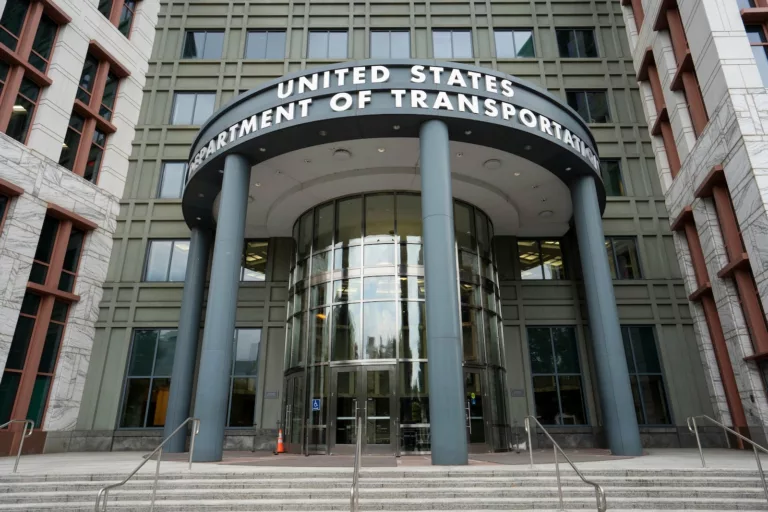Explore These 5 Travel Credit Card Alternatives to the Chase Sapphire Reserve
The Chase Sapphire Reserve® has long been a favorite among travelers and points enthusiasts, celebrated for its flexibility, generous travel protections, and extensive transfer partner network. However, recent changes—including a steep increase in the annual fee and alterations to some benefits—have prompted many cardholders to rethink whether this card still meets their needs.
As of June 2025, the Sapphire Reserve’s annual fee has surged from $550 to $795, positioning it as one of the most expensive consumer travel cards available. Additionally, the fee for authorized users has climbed from $75 to $195. Chase is also replacing its long-standing 50% redemption boost when using points through Chase Travel℠ with a new Points Boost program. Existing cardholders will benefit from a two-year grace period during which they will automatically receive the best value between the Points Boost and the previous redemption boost.
Despite these changes, some popular benefits remain intact, including the $300 annual travel credit, Global Entry/TSA PreCheck/NEXUS fee reimbursement, Priority Pass lounge access, and robust travel protections.
For some travelers, these benefits may still provide significant value. However, for others—especially those who do not spend enough to activate new perks or primarily redeem points outside of Chase Travel—the Sapphire Reserve may no longer be the best option. If you’re reassessing your credit card strategy, consider these five compelling alternatives that could better align with your spending habits and travel preferences.
If you want to remain within the Chase ecosystem but find the Sapphire Reserve’s annual fee hard to justify, the Chase Sapphire Preferred® Card is an excellent alternative. This card offers robust earning potential without the hefty price tag.
With the Sapphire Preferred, you can earn 5 points per dollar on travel booked through Chase Travel, 3 points on dining, 2 points on all other travel, and 1 point on all other purchases. Although it lacks some of the luxury perks like airport lounge access, it still delivers exceptional value for travelers seeking to earn and redeem Ultimate Rewards points without the pressure of maximizing high-end benefits.
If you’re considering switching from the Sapphire Preferred to another Chase card, you can request a product change by calling the number on the back of your card or sending a secure message through your Chase account. Popular downgrade options include the aforementioned Sapphire Preferred and the Chase Freedom Unlimited®, a no-annual-fee card that earns 1.5% cash back while keeping your points active.
Downgrading rather than canceling is generally advisable to preserve your account age, avoid a potential dip in your credit score, and maintain access to your points. Just ensure your account has been open for at least 12 months, as Chase typically does not allow product changes before that time.
For those who still desire premium travel experiences without the Sapphire Reserve’s new $795 price tag, consider The Platinum Card® from American Express. With an annual fee of $695, it offers a wealth of luxury perks, including access to Amex’s Global Lounge Collection, $200 in annual airline fee credits for a qualifying airline, $200 in Uber Cash for U.S. purchases, and up to $199 in Clear Plus credits. You’ll earn 5 points per dollar on flights booked directly with airlines or through American Express Travel (on up to $500,000 per calendar year).
If you’re seeking a more straightforward, cost-effective option while still enjoying premium travel benefits, the Capital One Venture X Rewards Credit Card may be worth a look. This card provides airport lounge access (including Priority Pass and Capital One Lounges) and a $300 annual travel credit for bookings made through Capital One Travel. With a lower annual fee and a simpler points earning structure, the Venture X is designed for travelers who want premium benefits without the complexity.
However, it’s important to note that starting February 1, 2026, additional Venture X cardholders will no longer receive complimentary lounge access, although primary cardholders can add lounge access for additional fees. In comparison, the Sapphire Reserve allows cardholders to bring up to two guests into lounges for free, making it a better option for those who travel with companions frequently.
When it comes to earning rates, while the Sapphire Reserve earns 3 points per dollar on travel and dining, the Venture X offers 2 miles per dollar on all purchases and an impressive 10 miles per dollar on hotels and rental cars booked through Capital One Travel. Additionally, cardholders receive 10,000 bonus miles annually (available via the Capital One portal) and no-annual-fee authorized users, making it an attractive option for frequent travelers.
If you find yourself leaning more towards hotel loyalty, the Hilton Aspire Amex is a standout choice. While it diverges from the Sapphire Reserve in terms of flexible points, it offers substantial elite perks and ongoing value, particularly for those who frequently stay at Hilton properties. The card provides automatic Hilton Diamond status, a Free Night Reward each year (plus a second one after spending $30,000), and up to $400 in Hilton resort statement credits annually. This can significantly offset the card’s fee if you stay at Hilton hotels even a couple of times a year.
The Aspire card also includes Priority Pass Select airport lounge access and airline incidental fee credits, offering travel benefits beyond hotel stays. However, its primary value lies in hotel status and luxury stay perks, making it ideal for those who prioritize accommodations over flexible points.
For dining enthusiasts, the American Express® Gold Card may be the perfect fit. With an annual fee of $325, it offers 4 points per dollar spent at restaurants worldwide (including takeout and delivery, up to $50,000 per year, then 1 point per dollar thereafter) and 4 points per dollar at U.S. supermarkets (up to $25,000 per year, then 1 point per dollar thereafter). Additionally, you’ll earn 3 points per dollar on flights booked directly with airlines or through amextravel.com, along with up to $120 in dining credits and up to $120 in Uber Cash annually for U.S. purchases.
The Sapphire Reserve remains a valuable option for travelers who can maximize its benefits, and some of the new features may appeal to those who frequently book through Chase Travel or spend significantly across categories. However, with the annual fee now at $795, it’s prudent to reassess whether the card aligns with your current lifestyle and spending habits.
Whether you decide to stick with Chase, explore more affordable premium cards, or find a card better suited to your travel or dining preferences, there are plenty of strong alternatives available. The best card for you will be the one that delivers the most value based on your unique needs, and with the recent changes to the Sapphire Reserve, now is an excellent time to find your ideal match.






